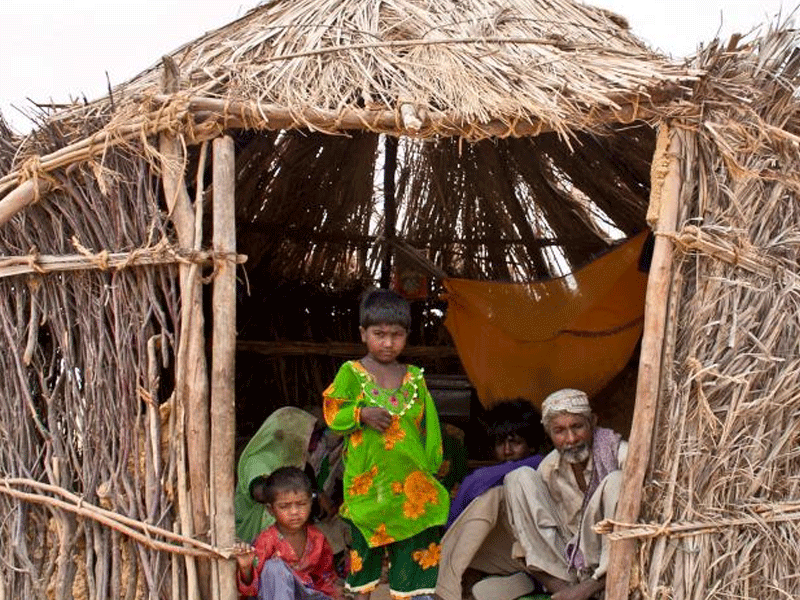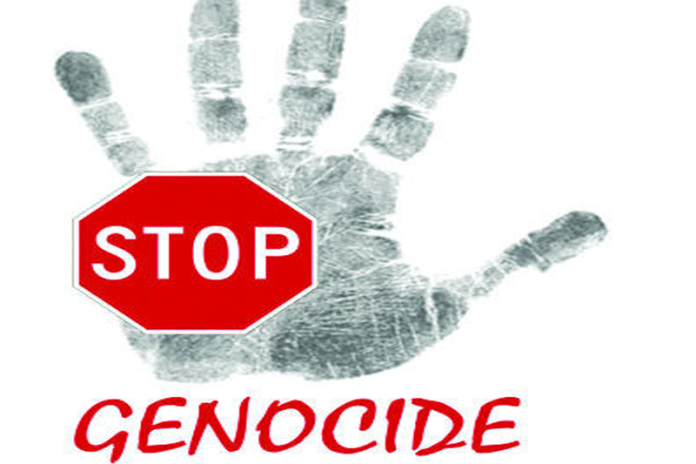Evaluating Poverty Alleviation Strategies

- 229
- 0
In the pursuit of combating poverty, societies across the globe have embarked on multifaceted strategies and initiatives aimed at providing relief, empowering communities, and breaking the cycle of deprivation. From microfinance to education programs and social safety nets, a plethora of approaches have been implemented, each bearing the promise of lifting individuals and communities out of the grips of poverty.
Microfinance: Empowering Small-Scale Entrepreneurs
Microfinance stands as a beacon of hope for individuals often excluded from traditional banking systems. This innovative approach involves providing small loans, savings, and other financial services to low-income individuals or entrepreneurs, enabling them to kick-start businesses, invest in education, or improve their livelihoods. The success of microfinance programs in empowering women, in particular, has been notable, as they become entrepreneurs, contributing to household incomes and community development.
Social Safety Nets: Cushioning Vulnerable Populations
Social safety nets, encompassing programs like cash transfers, food assistance, and healthcare subsidies, serve as a lifeline for the most vulnerable segments of society. These initiatives aim to alleviate immediate hardship and prevent individuals and families from falling deeper into poverty during crises or economic downturns. However, the effectiveness of these safety nets often depends on their coverage, accessibility, and the ability to reach those in dire need.
Education Programs: Breaking the Cycle
Investing in education is hailed as a potent weapon against poverty. Educational initiatives, especially targeting marginalized communities, offer the promise of breaking the intergenerational cycle of poverty. By providing quality education, vocational training, and skills development, these programs equip individuals with the tools necessary to secure better job opportunities, increase income, and contribute positively to economic growth.
Effectiveness Across Contexts: Evaluating Impact
The effectiveness of these poverty alleviation strategies varies based on context, demographics, and implementation. Microfinance, while empowering for some, might not yield the desired results in all communities. Similarly, social safety nets might face challenges in reaching the most vulnerable due to administrative hurdles or limited resources. Education programs, although pivotal, might encounter obstacles related to access, quality, and cultural barriers.
Holistic Approaches: The Need for Integration
The most successful poverty alleviation strategies often integrate multiple approaches. For instance, combining microfinance with education programs or social safety nets can create a more comprehensive support system that addresses various dimensions of poverty. Moreover, tailoring these initiatives to specific community needs and engaging local stakeholders are critical factors for success.
Moving Forward: Striving for Inclusivity and Sustainability
To ensure the effectiveness and sustainability of poverty alleviation strategies, inclusivity, adaptability, and a focus on long-term impact are imperative. Empowering communities to be active participants in these initiatives, fostering innovation, and continually assessing and adapting programs to evolving needs are crucial steps in the fight against poverty.
As societies navigate the complexities of poverty, the quest for effective poverty alleviation strategies continues. It's the collaborative effort, adaptability, and persistence in implementing and refining these initiatives that hold the promise of creating a world where poverty is not an insurmountable barrier but a challenge overcome through determination, innovation, and solidarity.
Published in The Daily National Courier, November, 21 2023
Like Business on Facebook, follow @DailyNCourier on Twitter to stay informed and join in the conversation.

















































